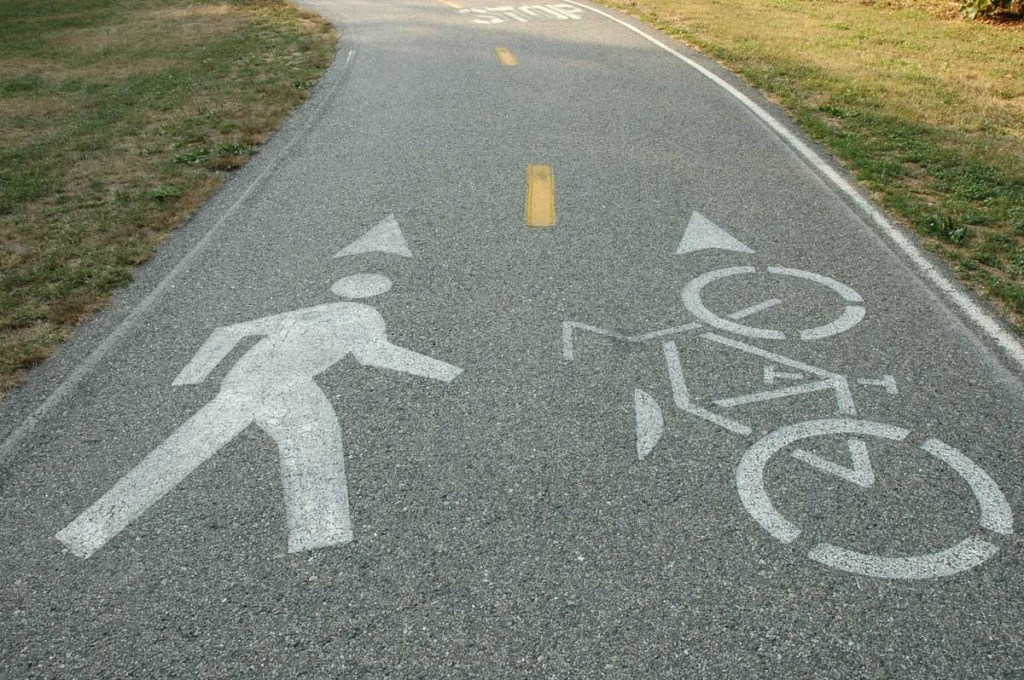How to make Cullman a walkable city: Experts visit city to talk bike paths, street design
Published 5:30 am Sunday, June 19, 2016

- Creating a path
Between the downtown facade program and streetscape initiative, Cullman officials have poured substantial time and energy into revitalizing downtown over the past decade. But, there’s one area experts say could use a bit more focus: Making Cullman more friendly to walkers and bikers.
A group from Complete Streets planning advocacy group toured the city, met with local officials, and provided some tips and concepts the city can use to move forward in the coming years.
John Robert Smith, senior policy advisor for Smart Growth America, talked about the concepts of design and how revitalization and development can salvage and transform a city’s downtown. The former mayor of Meridian, Mississippi, Smith helped revitalize the downtown and lured in several major projects, such as an arts and entertainment center. He also helped spearhead the renovation and reopening of a dilapidated downtown opera house, as well as the construction of a transportation hub.
When it comes to planning, Smith said there are three major questions leaders must ask before they get started.
“Who were you in the past? Who are you now? Who do you aspire to be?,” Smith said. “Identity is key, and people need a sense of place. I want to see Cullman tell its own story, not just about who its been, but where it’s going.”
Smith noted cities need to make areas as accessible as possible for walking, handicap use and bike traffic due to an influx in baby boomers and millennials — two demographics that are poised to be the largest groups in the coming decades. Smith cited studies that show neighborhood and location are becoming as much or more important factors than the size of a home, as baby boomers look to walk more to stay healthy and avoid driving. He also cited the resurgence of mixed use downtown space, and how sidewalks and bike lanes can help attract and retain millennial workers.
Emiko Atherton, with Complete Streets, noted the coalition was developed to help communities introduce ordinances and design practices to encourage more “complete” streets that take into account walkers and bikers. More than 900 cities across the country have adopted their policies, including 17 cities in Alabama.
“A lot of our streets were designed for the car, but we’re moving away from that with mixed-use communities,” she said. “We need to plan a transportation system that includes everyone. If you want a thriving downtown you need bikers and walkers.”
More than focusing on just one showcase street or area, Atherton said the best approach is to make incremental changes along the way with every repair and upgrade city-wide.
“It’s not about just having one beautiful corridor, but about planning for the whole community,” she said. “Look at if you should add a bike lane while repaving a road, and things like that. Look at what best serves the community.”


